The Government is announcing changes that will fast-track a greater diversity of homes like residential flat buildings of 3-6 storeys, terraces, townhouses, duplexes and smaller 1-2 storey apartment blocks in suburbs where they are not currently allowed.
The reforms create capacity for industry to deliver up to an estimated 112,000 new homes across the Greater Sydney region, Hunter, Central Coast and Illawarra.
This represents 30 per cent of the number of homes NSW needs to meet under its Housing Accord target of 377,000 new homes by 2029.
Currently, each local council has its own rules for what kind of homes can be built in their area. In many local government areas, these rules do not allow the types of homes that we need for the next generation, housing close to transport, infrastructure and social amenity.
In October the Government identified a significant gap in the approval of density, with terraces and 1-2 storey unit blocks allowed under R2 zoning in only two of 32 Local Environmental Plans (LEPs) – that’s just six per cent of the LEPs across Sydney.
R2 is a zone for land which is made up of low-density housing.
This ‘missing middle’ has meant that low rise density has been ignored in the face of a growing housing crisis.
Additionally, sixty percent of R3 zones across Sydney (where multi dwelling housing is appropriate and should be encouraged) presently prohibit residential flat buildings of any scale.
Details of the proposed changes include allowing:
- dual occupancies (two separate homes on a single lot), such as duplexes, in all R2 low density residential zones across all of NSW.
- terraces, townhouses and two storey apartment blocks near transport hubs and town centres in R2 low density residential zones across the Greater Sydney region, Hunter, Central Coast and Illawarra (the Six Cities region).
- mid-rise apartment blocks near transport hubs and town centres in R3 medium density zones and appropriate employment zones. This will mean more housing just a short 10-minute walk (800m) from transport hubs, shops and amenities.
The Government will amend a State Environmental Planning Policy (SEPP) to enact these changes while simultaneously encouraging councils to add these types of dwellings to their own planning rules.
If a local government’s planning rules match – or go further than – this new NSW Government policy, the State Government changes will not apply.
The Government has previously written to councils, asking them to review local policy settings to allow for more housing in low and medium density zones across their local government area.
National Housing Accord targets were set at the National Cabinet with all three levels of Government represented.
The plans will go on public exhibition for public feedback from next week.
Minister for Planning and Public Spaces Paul Scully said:
“Sydney is one of the least dense cities in the world but fewer than half of councils allow for low and mid-rise residential buildings in areas zoned for such homes.
“We’re confronting a housing crisis so we need to change the way we’re plan for more housing, we can’t keep building out we need to create capacity for more infill, with more diverse types of homes.
“Diversity of housing allows people to stay in their communities and neighbourhoods through different stages of their life, with family and friends able to live nearby. More housing choice means more options for everyone – renters, families, empty nesters.
“Density done well means townhouses, apartments and terraces clustered near shops, high streets and parks.
“We already have great examples of these types of homes. Sydney has grown using these housing types. Look at homes in Wollstonecraft, Waverton, Erskineville, parts of Wollongong or Newcastle. They’re great places to live. We just need more of them.”


